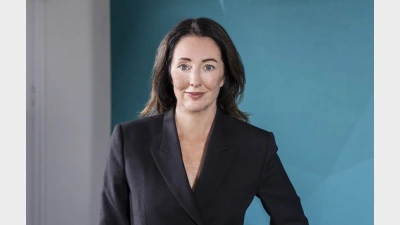February gains in super fund figures


Super funds made a recovery over February, with median growth fund rising 2.2 per cent, the Morningstar Australian Superannuation Survey found.
All growth super funds generated positive returns in February, ranging from a high 4 per cent to a low of 1.2 per cent. Longer-term annualised median returns were 13.4 per cent (one year), 8.8 per cent (three years), 11.7 per cent (five years), and 6.9 per cent (10 years to 28 February).
Legg Mason Growth came out on top among growth super funds (18.5 per cent), followed by Invesco Diversified PST (16.2 per cent) and REST Diversified (16.1 per cent). Legg Mason Growth (15.2 per cent) finished first over five years, followed by Legg Mason Balanced (14.7 per cent) and Schroders (13.4 per cent).
Growth super funds’ average allocation to equities at 31 January was 57.5 per cent, with 30.6 per cent Australian and 26.9 per cent global.
Defensive assets amounted to 25.5 per cent on average (10.7 per cent domestic fixed interest, 6.2 per cent international fixed interest, and 8.6 per cent cash).
Legg Mason Growth had the highest allocation to Australian shares (53.7 per cent), followed by Legg Mason Balanced (47.3 per cent) and Equip Balanced Growth (45 per cent).
REST Balanced was the top performer among balanced options at 11.8 per cent, followed by AMP Moderate Growth (10.8 per cent) and BT Balanced (10.6 per cent).
Balanced options had 40 to 60 per cent growth assets.
Recommended for you
Rather than retreating in the face of rising volatility and geopolitical uncertainty, superannuation funds are tactically positioning themselves to capitalise on equity market weakness, prioritising liquidity and flexibility to make strategic buys.
The CEO of superannuation advocacy body ASFA has laid out the sector’s expectations for Australia’s next government, underscoring the need for policy stability to safeguard members’ retirement savings.
Aware Super has made a $1.6 billion investment in a 99-hectare industrial precinct in Melbourne’s North which, the fund clarified, also houses the nation’s first privately funded open-access intermodal freight terminal.
ASFA has affirmed its commitment to safeguarding Australia’s retirement savings as cyber activity becomes an increasing challenge for the financial services sector.












